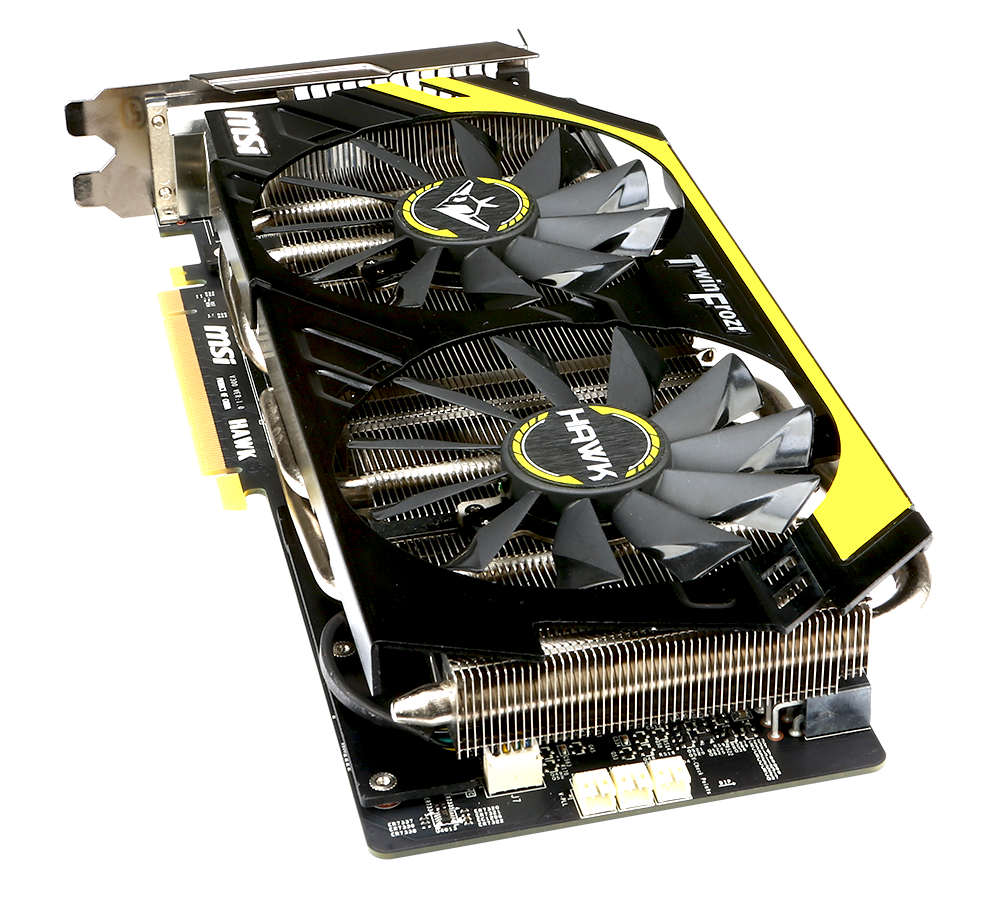

The focus was on efficiency with Kepler and Nvidia basically broke its previous Fermi architecture down to the core and then rebuilt it to improve power consumption and die size. Not only that but the cores were clocked 30% higher and yet overall the GPU consumed less power. Nvidia also managed to squeeze in what was at the time a massive 1536 CUDA cores, three times that of the GTX 580. For those of you not interested in the trip down memory lane, at least you can enjoy images of the graphics card in question as you scroll by.īased on the Kepler architecture, the 680's GPU was codenamed GK104 and marked Nvidia's transition to the 28nm process, a move that allowed for 3.5 billion transistors to be crammed into a tiny 294mm2 die. After recently retesting the GeForce GTX 580 eight years after its release, we thought it would be interesting to check back in on the GTX 680, another old friend that was released about six years ago as Nvidia's latest and greatest graphics card and a successor to the aforementioned 580.īefore we get to the tests and game benchmarks, let's quickly recap the specs and a little history about the architecture this card is based on.


 0 kommentar(er)
0 kommentar(er)
